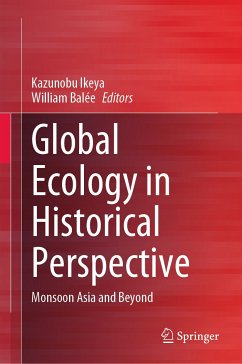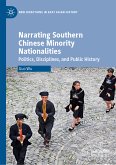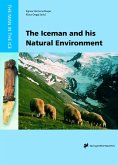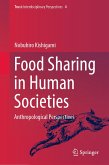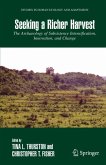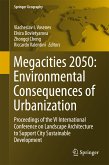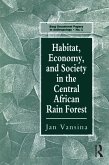This book primarily examines human-animal and human-plant interactions in Asian forests (Southeast Asia and Japan) and inland waters (China). For comparison, cases from the Americas (whales in the Arctic, sea turtles in the Caribbean, and plants in the Amazon) and Central Asia are also included. The relationship between plants, animals, and humans in Asia is quite unique from a global perspective. For example, "satoyama" in Japan means ecotone area, or the boundary between a village and a forest. There, as the number of inhabitants declines, bears, wild boars, and other animals increasingly ravage crops, sometimes attacking humans as well.
By showing the regional nature of human-animal and human-plant interactions in Asia, this book provides for the first time a framework for understanding the world's animal and plant-human relationships. It is assumed that the relationships between humans and animals and plants during this period were diverse, including hunting, taming, semi-domestication, and full domestication. At the same time, for regions outside of Asia, the extent to which these diverse relationships were adapted and how diversity was formed is explained from the perspective of historical ecology.
Customers can expect to derive perspectives on the coexistence of human-animal and plant-animal relationships from this book in the near future.
The conservation of rare species, diverse habitats, and biodiversity is a central theme in considering the relationship between modern civilization and the global environment. In post-industrial Japan, one focus has been the protection of iconic animals such as storks, crested ibis, dugongs, and sea turtles, while damage to crops and humans by deer, wild boars, monkeys, bears, and other common animals has become an important social issue. How can the world's 7.7 billion-plus people live in harmony with other species? We would like to get some hints on how to solve the problems we are facing.
Dieser Download kann aus rechtlichen Gründen nur mit Rechnungsadresse in A, B, BG, CY, CZ, D, DK, EW, E, FIN, F, GR, HR, H, IRL, I, LT, L, LR, M, NL, PL, P, R, S, SLO, SK ausgeliefert werden.
Es gelten unsere Allgemeinen Geschäftsbedingungen: www.buecher.de/agb
Impressum
www.buecher.de ist ein Internetauftritt der buecher.de internetstores GmbH
Geschäftsführung: Monica Sawhney | Roland Kölbl | Günter Hilger
Sitz der Gesellschaft: Batheyer Straße 115 - 117, 58099 Hagen
Postanschrift: Bürgermeister-Wegele-Str. 12, 86167 Augsburg
Amtsgericht Hagen HRB 13257
Steuernummer: 321/5800/1497
USt-IdNr: DE450055826
Bitte wählen Sie Ihr Anliegen aus.
Rechnungen
Retourenschein anfordern
Bestellstatus
Storno

